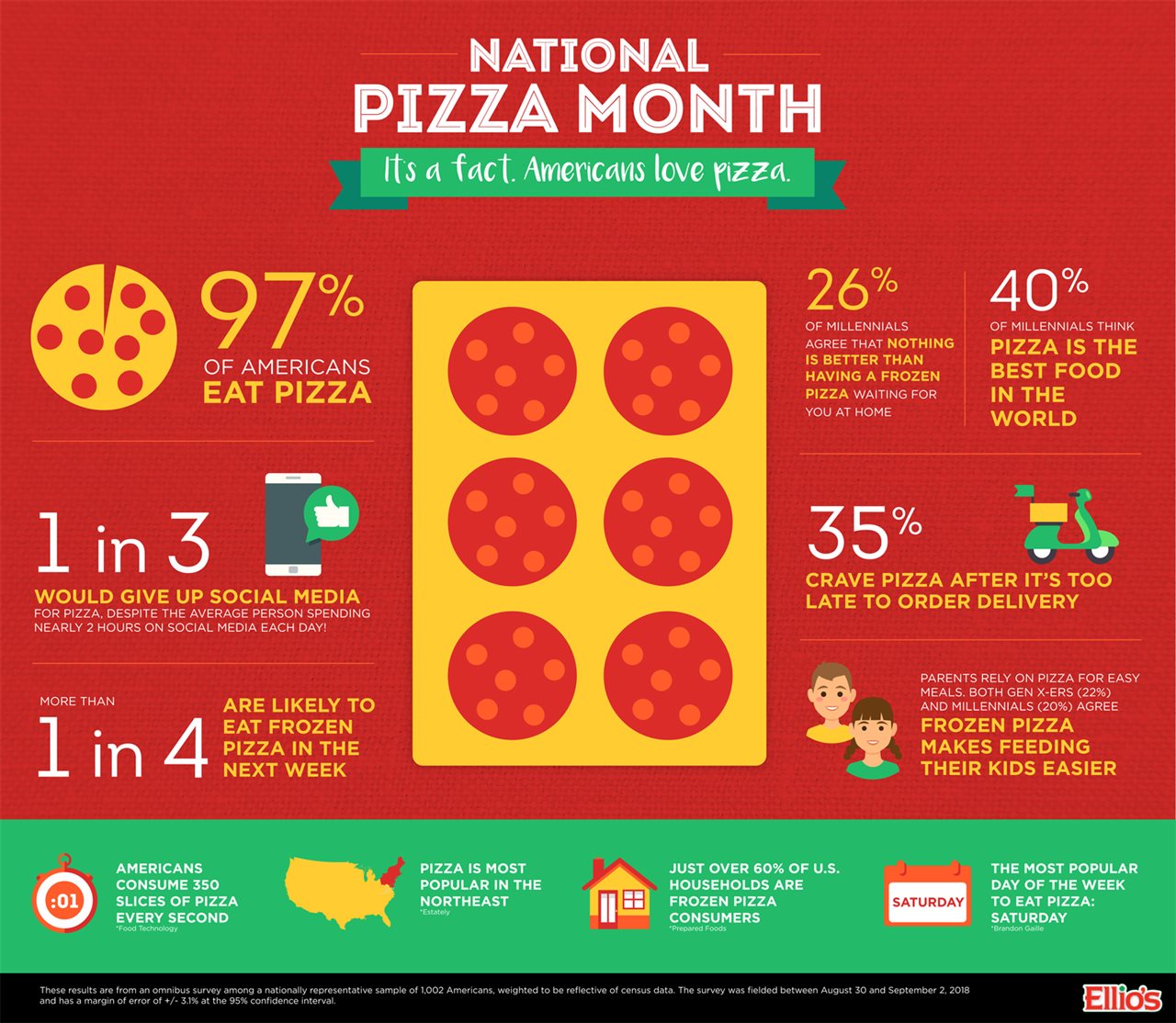2018-09-25T13:01:00
(BPT) – Hurricanes threaten lives and cause widespread property loss, flooding and damage to infrastructure. While there’s little we can control about the actual storm, we can be prepared and vigilant during the recovery phase to ensure greater stability in the rebuilding process.
Hurricane Florence has come and gone, but its aftermath has left many to face their worst fears — losing their most precious and memorable belongings. These steps — while they won’t help bring back what has been lost — will give homeowners a better idea of what they can do next to recover.
1. If you need to relocate, keep the receipts of your expenses.
Keep records of all additional expenses. Homeowners insurance generally provides coverage for additional living expenses if your home is damaged by an event that’s covered by your policy. Review your policy coverage and review and update your contact information, especially if you’re at a temporary address or using a different phone number.
2. Report your claim.
If your home or automobile has suffered damage, you can file a claim in a variety of ways. For example, USAA customers can use the USAA Mobile App, usaa.com/help or mobile.usaa.com, or call 800-531-USAA. Customers can check coverage, report or view the status of a claim, submit photos, schedule an appraisal of a damaged vehicle or reserve a rental vehicle.
3. Secure your home and make temporary repairs.
* First, make sure you and your loved ones are safe. Then:
* Take reasonable steps to protect your property from further damage, but don’t make permanent repairs until a claims adjuster has assessed the damage.
* If it’s safe, photograph debris or damaged items before you have them removed or repaired.
* Save receipts for what you spend and submit them to your adjuster for possible reimbursement.
4. Prepare for the adjuster’s visit.
Because of the large number of claims after a catastrophe, insurance companies prioritize inspections by the severity of the damage to the insured properties. To help in scheduling inspections, provide complete information about the damage to your property. Include a description of damaged or destroyed items, dates of purchase and what it would cost to replace or repair them.
5. Hire a contractor — with care.
You may need help with getting your home back to normal, but be on the lookout for people who may take advantage of you.
* Require contractors to produce a license or other identification that can be confirmed by a third party such as the Better Business Bureau.
* Do not pay upfront for any repair or cleanup work, even for a portion of the total fee. Legitimate contractors will bill you when the job is complete.
* Take photos of your contractors and the license plates on their vehicles.
* Call your insurance provider if you suspect that you’ve been approached by a fraudulent contractor.
For more information on insurance coverage and to request a quote, visit USAA.com/help.











